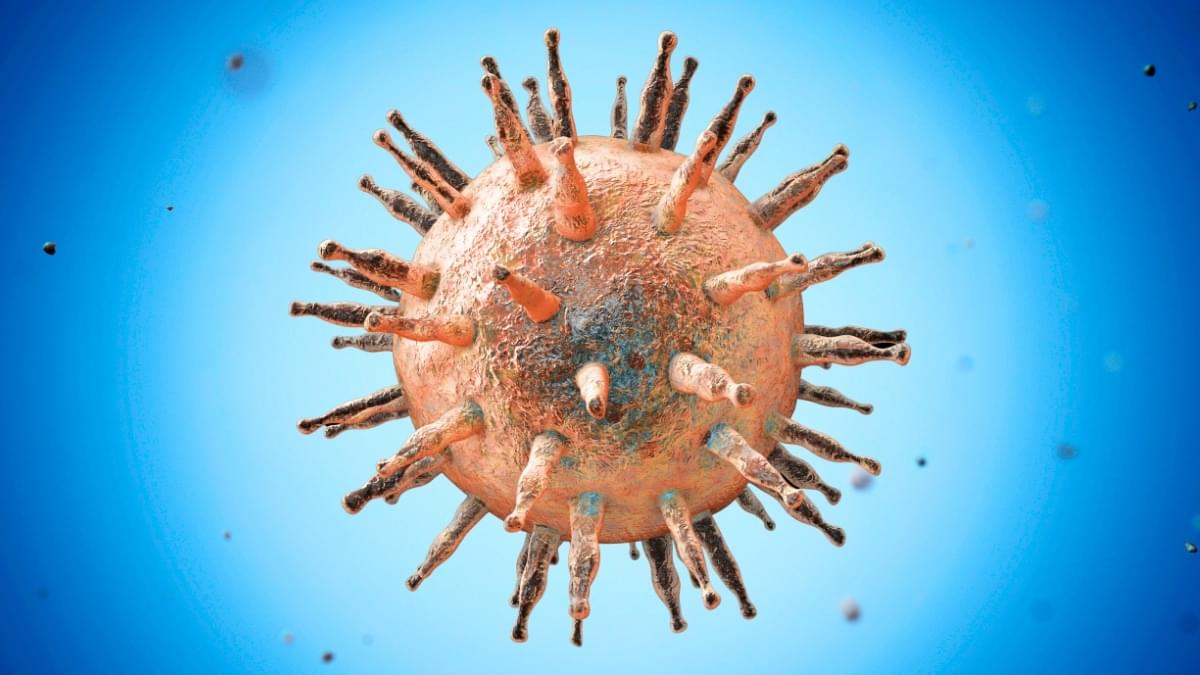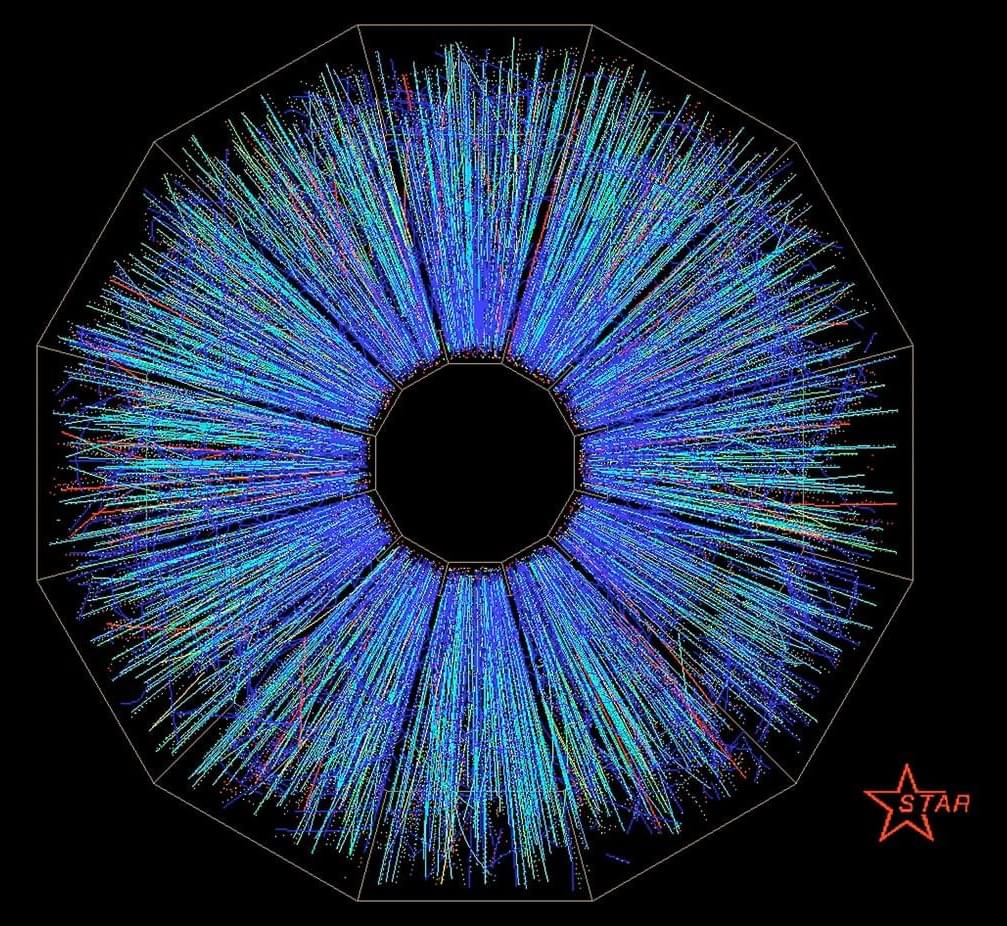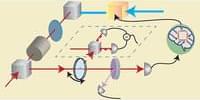Strengthening regulations and domestic supply chains could be key to making nuclear power more economically viable.



A recent study of over 80,000 Europeans concluded that speaking more than one language is associated with delayed aging. Further analysis suggested that the protective effect of speaking one foreign language diminished with age, while the protective effect of speaking two or more foreign languages was more robust with aging [1].
Beyond communication
Learning a foreign language and maintaining this knowledge in the long term is not an easy endeavor. However, as research suggests, it can bring benefits that go beyond simply communication and cultural enrichment.

One of the world’s most common viral infections could underlie virtually every case of lupus, according to a recent study providing the strongest evidence yet for a link.
The research, led by scientists at Stanford University, has found that the Epstein-Barr virus (EBV) could be the trigger behind the ‘cruel mystery’
EBV is the pathogen that causes ‘kissing disease’ (or mononucleosis), and according to the new findings, it can directly infect and reprogram specific immune cells, potentially driving the onset of the chronic autoimmune disease systemic lupus erythematosus – better known as simply lupus.






